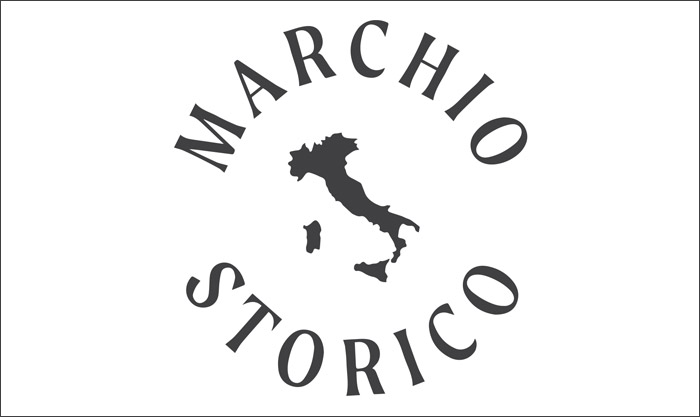- ΣΥΛΛΟΓΕΣ
- Εταιρία We are proud to announce that our Brand has been added to the Special Register of Historic Brands of National Interest. Discover more

- Magazine


With the four knives listed above you can handle just about anything in the kitchen. Still other types of knives do exist for even more specific purposes, designed for working on single foods or for a single phase of food preparation.
- The boning knife. Useful if you often have to clean fish, chicken or beef. It can have a flexible blade (ideal for chicken) or a firm and rigid blade (for other kinds of meat); it is small and very pointed.
- The fillet knife. It has a thin, slightly curved and flexible blade and must always be very sharp. It must be able to easily slice chicken or prepare fish for cleaning.
- The carving knife. It has a narrow point and its blade measures from 20 to 38 cm. It can have a rigid blade (for steaks, ribs, roasts) or a flexible blade for thinner meats (ham, roast chicken and turkey, smoked or dried fish, etc.). Often it is used together with a carving fork to anchor the meat while cutting (photo left).
- The cleaver or butcher's knife. It's recognizable by it's wide, heavy hard blade. It's used for cutting large bones, preparing poultry, meat and fish. The flat side of the blade is also used for crushing seeds, garlic, etc.